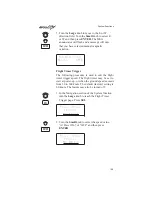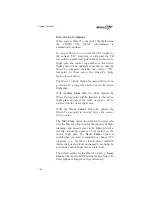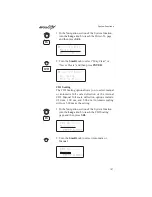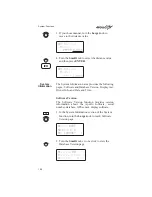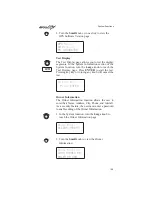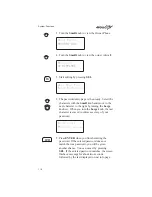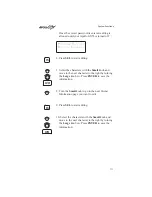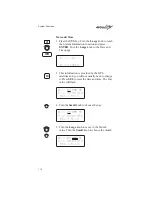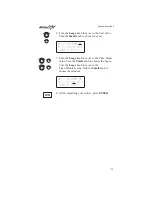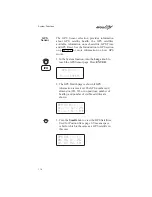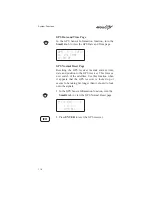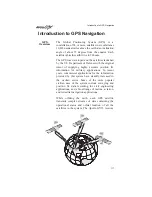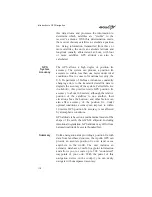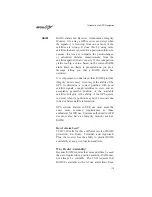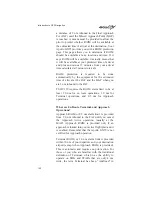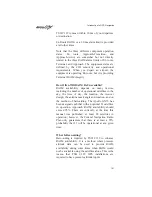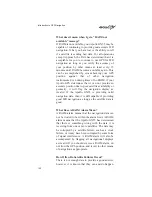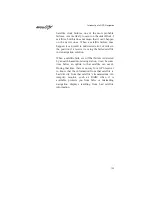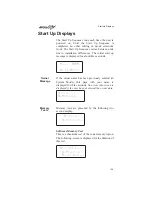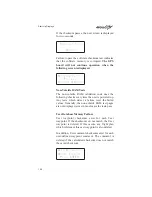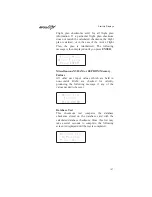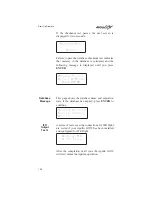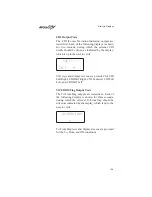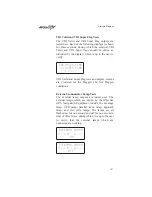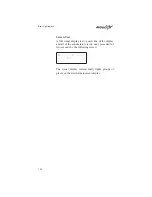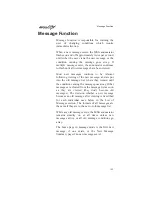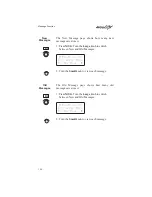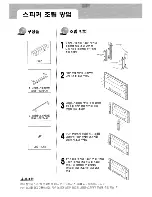
RAIM
RAIM stands for Receiver Autonomous Integrity
Monitor. It is a way a GPS receiver can detect when
the signals it is receiving from one or more of the
satellites are wrong. It does this by using more
satellites than are required for a position solution. In
essence, the receiver compares the pseudo-ranges,
or calculated distance measurements, from the
satellites against what it expects. If this comparison
yields too big a value, based on the current RAIM
alarm limit, an Alarm is generated and you get a
message telling you that a RAIM alarm has
occurred.
It is important to understand that RAIM provides
integrity, not accuracy. Accuracy is the ability of the
GPS to determine a correct position with good
satellite signals, enough satellites in view, and an
acceptable geometric position of the available
satellites. Integrity is the ability of the GPS system
to detect when its position may not be accurate due
to bad or false satellite information.
GPS systems limited to VFR use must meet the
exact
same
accuracy
requirements
as
those
authorized for IFR use. Systems authorized for IFR
use must also have an integrity monitor such as
RAIM.
How Is Raim Used?
TSO C129 calls for three different levels of RAIM
protection: En Route, Terminal, and Approach.
Plus, the receiver has the ability to predict RAIM
availability at any given location and time.
Why Predict Availability?
Because RAIM requires that more satellites be used
than are required for a position solution, RAIM may
not always be available. The TSO requires that
RAIM be available with a 0.3 nm. alarm limit, from
Introduction to GPS Navigation
119

